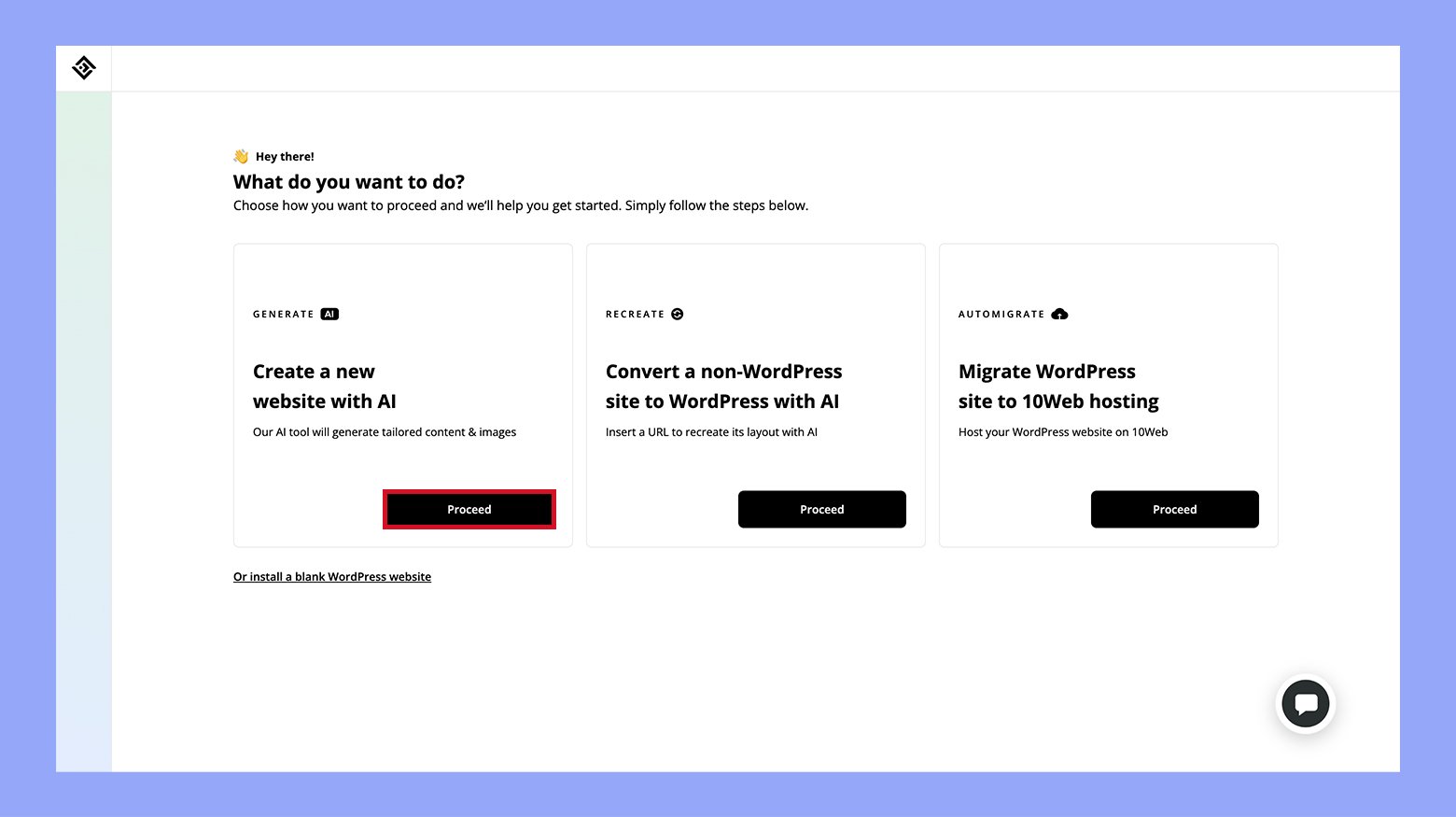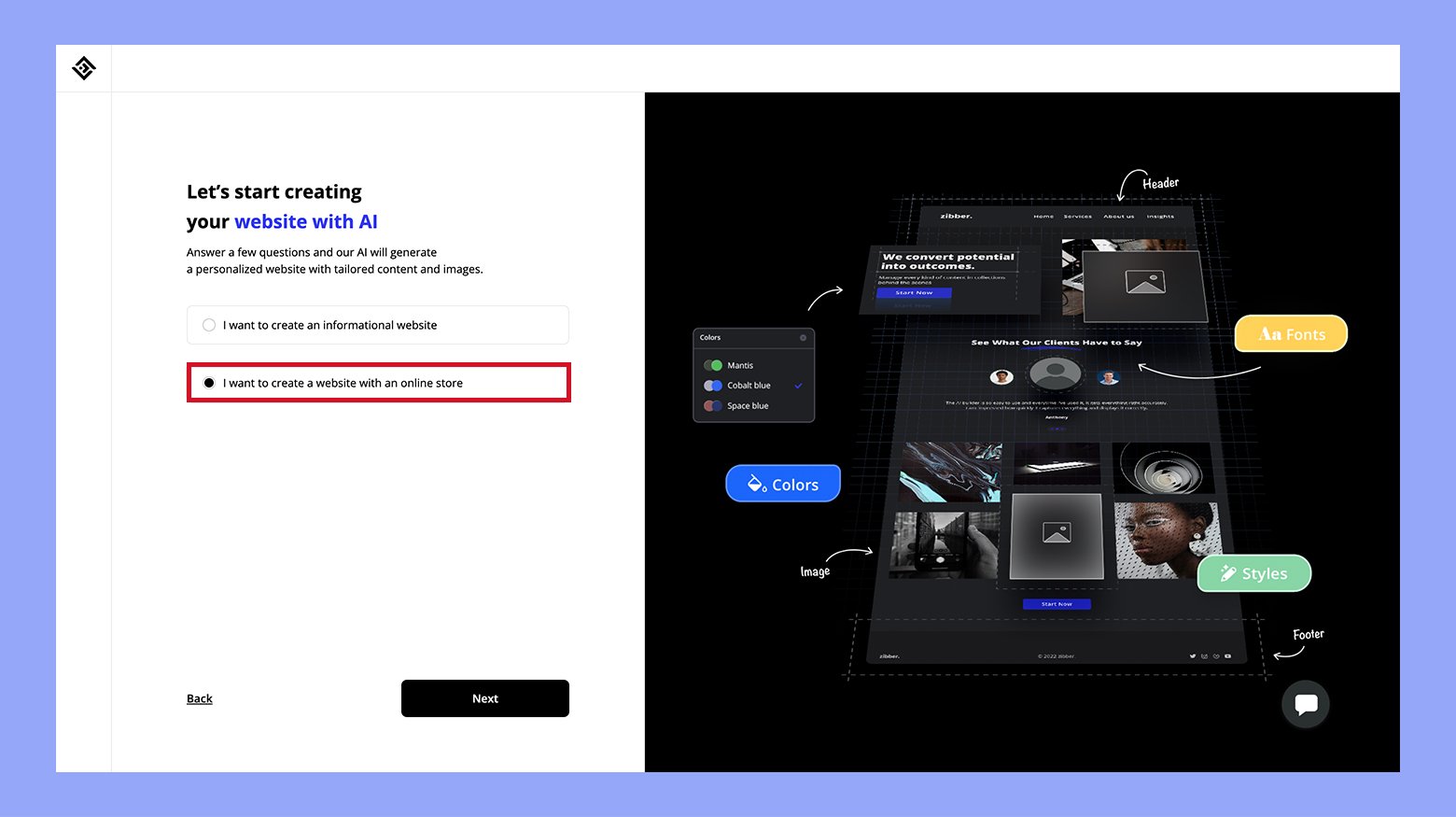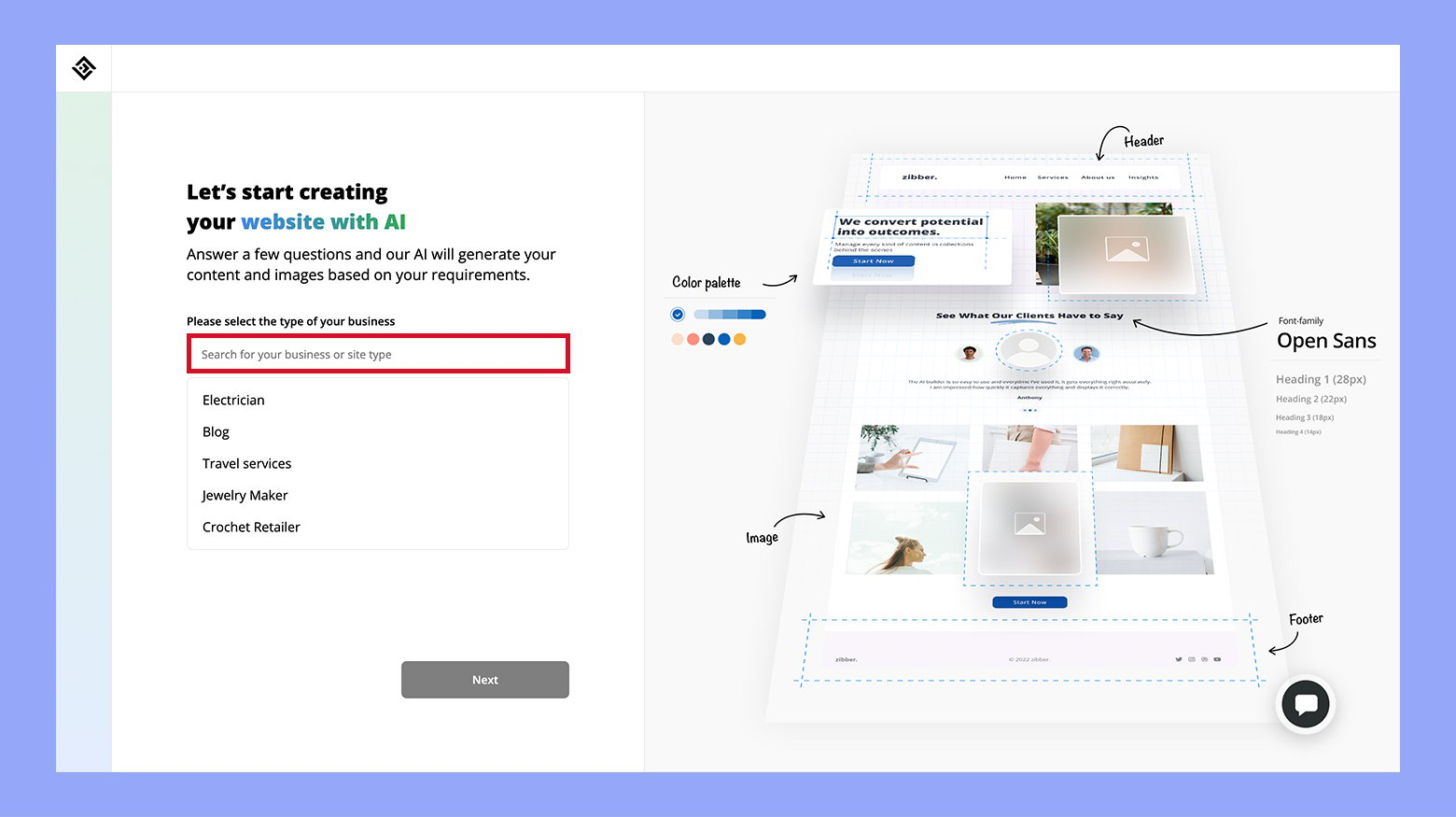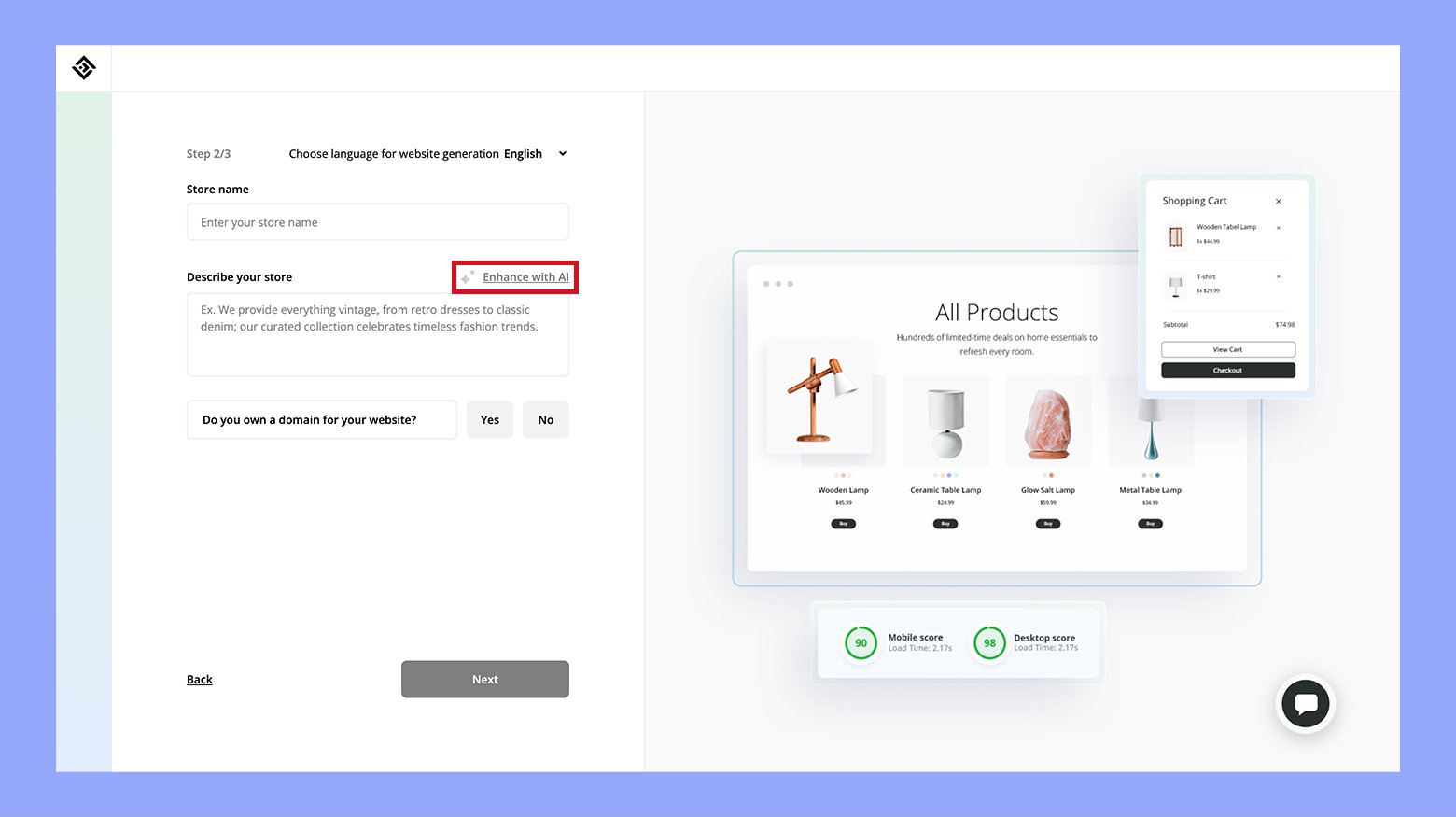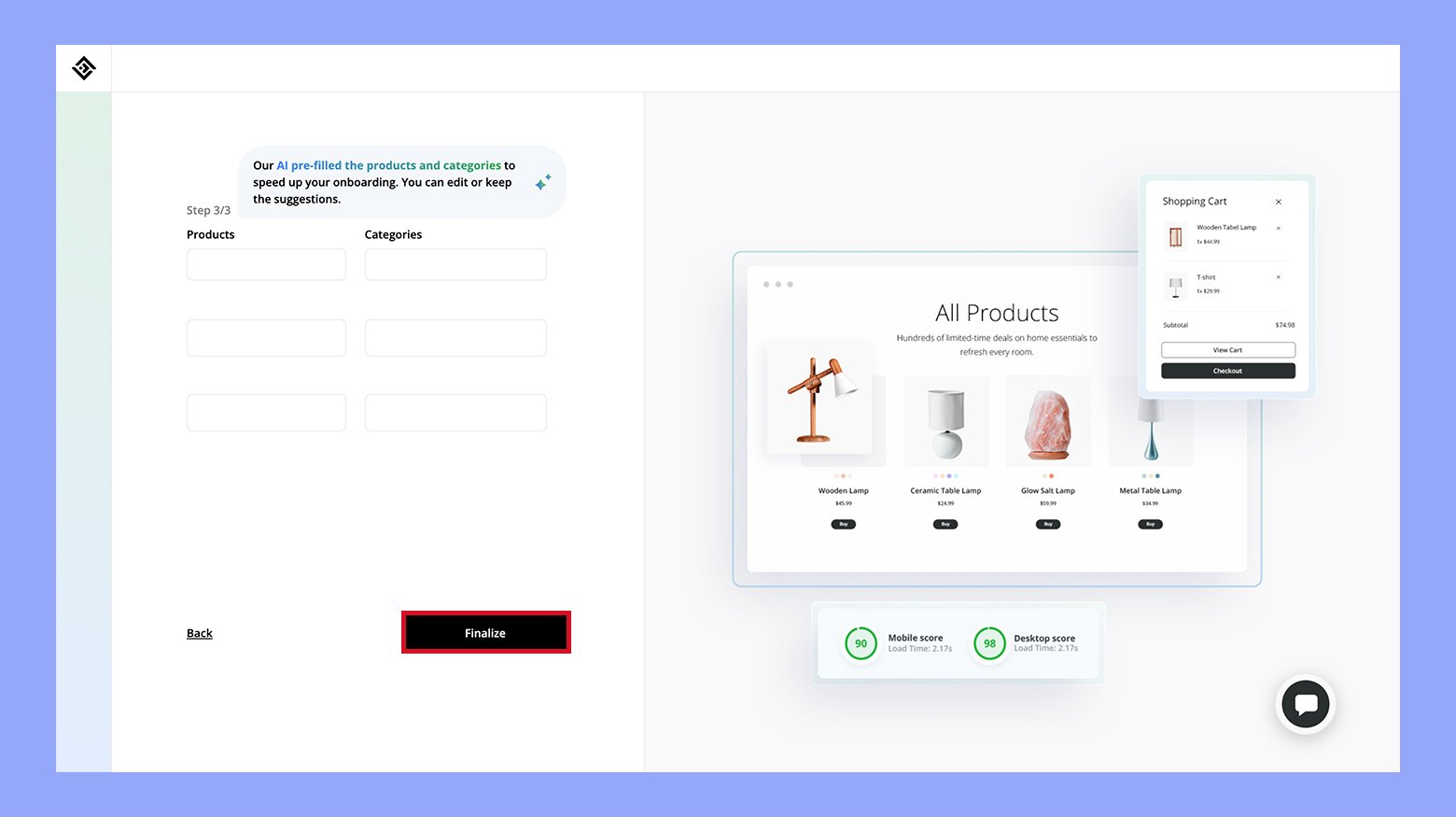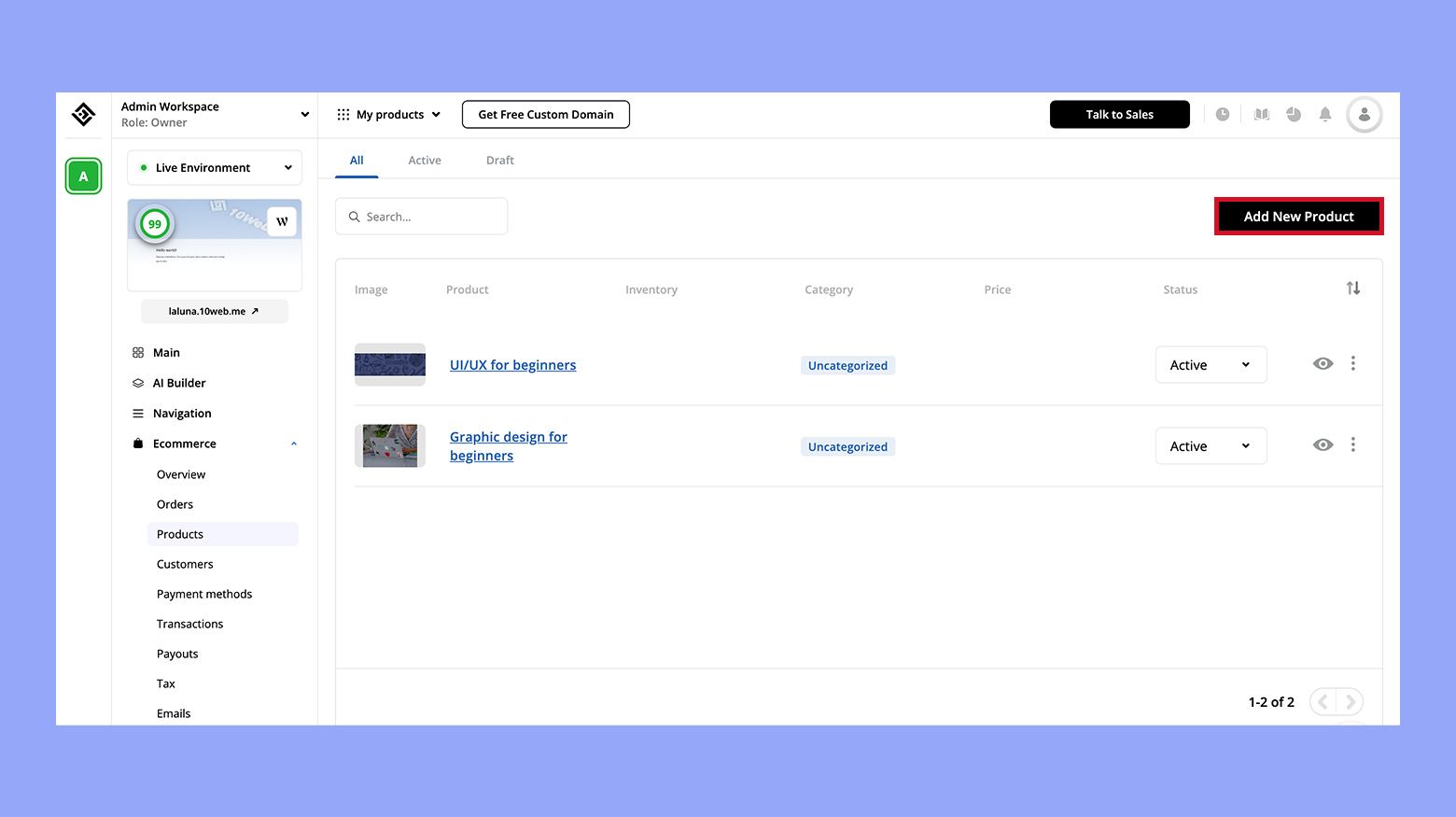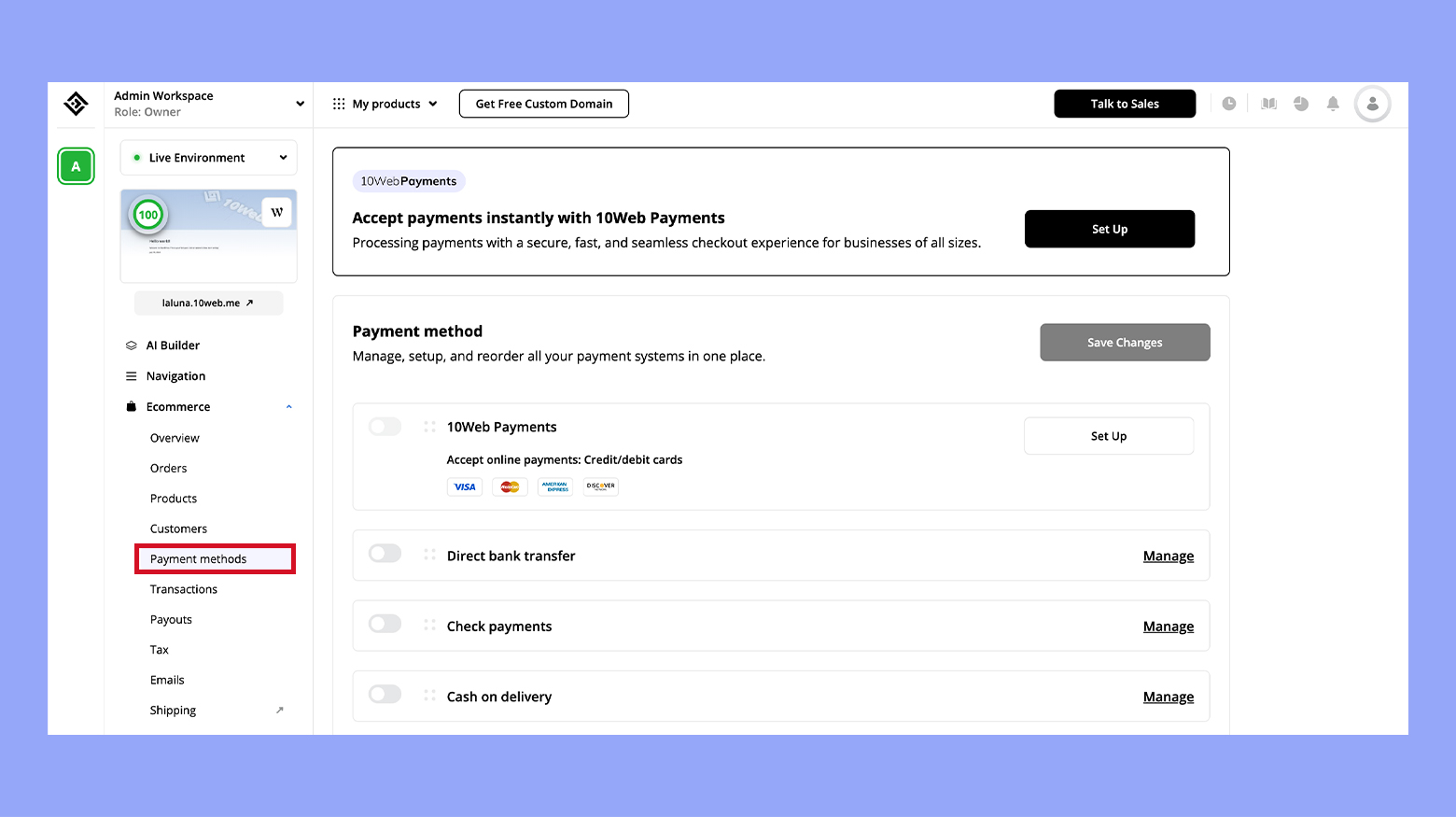The demand for online courses is skyrocketing, making it a profitable option for individuals, educational institutions, and businesses to monetize their expertise. Whether you’re an individual instructor aiming to reach a global audience, an educational institution providing flexible learning options, or a business offering staff training, online courses offer a flexible and scalable solution. This article will guide you through the steps to create, market, and sell your courses effectively, addressing common questions and exploring the unique challenges and opportunities each type of seller faces. By leveraging the right strategies and tools, you can maximize your revenue and establish a strong presence in the e-learning market.
FAQ
How profitable is selling online courses?
How do you sell a course?
What are the best online courses to sell?
Is reselling a course legal?

Your course selling objectives
When selling online courses, it’s crucial to understand the goals based on who the course creator is. This helps tailor strategies that maximize impact and revenue.
Seller type 1: Individual instructors going online
For individual instructors, an online course can be a great way to share your expertise with a wider audience. To make your course as effective as possible, focus on clear learning objectives. Define what students need to know or be able to do after each lesson.
E-learning platforms provide flexibility, allowing you to create a schedule that works for you. Be sure to research and understand market demand for your topic. This will help determine pricing strategy and marketing efforts, making it more profitable. Passive income from your courses can grow your online business and establish you as an expert in your field.
Challenges:
- Marketing and reach: Individual instructors often struggle with marketing their courses effectively to reach a wide audience.
- Technical skills: Setting up and managing an online course platform can be technically challenging for those without a background in e-learning.
- Competition: The market is saturated with online courses, making it difficult to stand out and attract students.
Opportunities:
- Passive income: Once created, online courses can generate passive income over time with minimal ongoing effort.
- Flexibility: Online platforms offer the flexibility to update and improve course content easily based on student feedback.
- Brand building: Successful courses can establish the instructor as an expert in their field, leading to further opportunities like speaking engagements or consulting.
Seller type 2: Educational institutions
For educational institutions, online courses can enhance learning outcomes for students who need flexible learning options. Institutions must ensure that the online learning experience is as rich and interactive as traditional classrooms. Utilize a variety of media – videos, quizzes, and interactive assignments – to engage students.
Institutions should invest in the right e-learning platform that supports coaching and milestones tracking. Clear learning objectives and students’ experience must be prioritized. Pricing might be less flexible compared to individual instructors, but reach and revenue can be significantly higher due to established credibility and infrastructure.
Challenges:
- Quality assurance: Ensuring that online courses maintain the same level of quality and engagement as in-person classes can be difficult.
- Infrastructure costs: Investing in robust e-learning platforms and training staff to use them effectively can be costly.
- Student engagement: Keeping students motivated and engaged in an online environment requires innovative teaching methods and tools.
Opportunities:
- Extended reach: Online courses allow institutions to reach a global audience, expanding their influence and student base.
- Flexible learning: Providing flexible learning options can attract non-traditional students, such as working professionals or international learners.
- Data-driven improvements: Online platforms offer valuable data on student performance, which can be used to continuously improve course content and delivery.
Seller type 3: Businesses and corporate trainers
Businesses and corporate trainers can use online courses for staff training and development. These courses should align with company goals and learning outcomes. Focus on creating specific, measurable milestones that align with your training goals. This ensures that employees are gaining useful skills that can be applied directly to their work.
Corporate trainers need to emphasize market demand and tailor content to fill the skill gaps within their organization. Investing in good e-learning platforms and resources is key. These platforms should allow for tracking progress, creating homework, and providing feedback. A well-executed training program can lead to a more skilled workforce and higher productivity, offering significant ROI.
Challenges:
- Relevance: Ensuring that training content remains relevant and up-to-date with industry standards can be challenging.
- Engagement: Maintaining employee engagement in mandatory training programs can be difficult.
- ROI measurement: Demonstrating the return on investment (ROI) for training programs to justify the expense can be complex.
Opportunities:
- Skill development: Targeted online training can address specific skill gaps within the organization, leading to a more competent workforce.
- Scalability: Online courses can be easily scaled across the organization, ensuring consistent training for all employees.
- Efficiency: Online training can save time and resources compared to traditional in-person training, as it can be accessed anytime and anywhere.
Recommendations
Whether you’re an individual instructor, an educational institution, or a business, you can choose the option that best fits your goals for selling online courses. Creating your own online store is the most convenient option to control the branding, pricing, and marketing, allowing you to build a loyal customer base. Alternatively, you can start with third-party platforms like Udemy or Coursera for their large audiences and built-in marketing tools. Social media can also help you engage with potential students directly.
- Individual instructors can create their online store where they will have full control over their courses, allowing them to establish a unique presence and build a loyal customer base.
- Educational institutions can utilize platforms like Teachable or Thinkific to support interactive features and student engagement. Leveraging your institution’s credibility can attract a global audience, enhancing your reach and revenue.
- Businesses and corporate trainers: Platforms like TalentLMS or SAP Litmos provide advanced tracking and reporting features to align training with organizational goals. These platforms help ensure consistent skill development across your workforce. Using social media can promote your training programs and engage employees directly.
Each option offers distinct advantages, so choose the one that aligns best with your objectives and resources.

Looking to sell online?
Create your custom online store in minutes with 10Web AI Ecommerce Website Builder and take your business online.
Option 1: Building your own online store
Creating your own online store to sell online courses can provide greater control over your marketing and sales process. This option allows you to design a personalized experience for your buyers, integrate various tools, and maximize profits.
The benefits of creating your own online shop
Building your own online store gives you full control over your brand and how you sell online courses. You can design a unique sales page, customize the layout, and include features like discussions, quizzes, and assignments that enhance the learning experience.
Another benefit is the ability to manage your sales funnel. Unlike platforms like Udemy or Teachable, creating your own store means no competition from other course creators. You can offer bundles, upsells, and other strategies to maximize revenue.
Moreover, integrating services such as email marketing tools or payment gateways is easier. This means you can automate many tasks, and spend more time on course creation, and less on technical details.
How to create an online store using 10Web builder
Using 10Web builder to create your online store can simplify the process. Here’s a step-by-step guide:
- Go to the 10Web Website Builder page and click Generate your website.
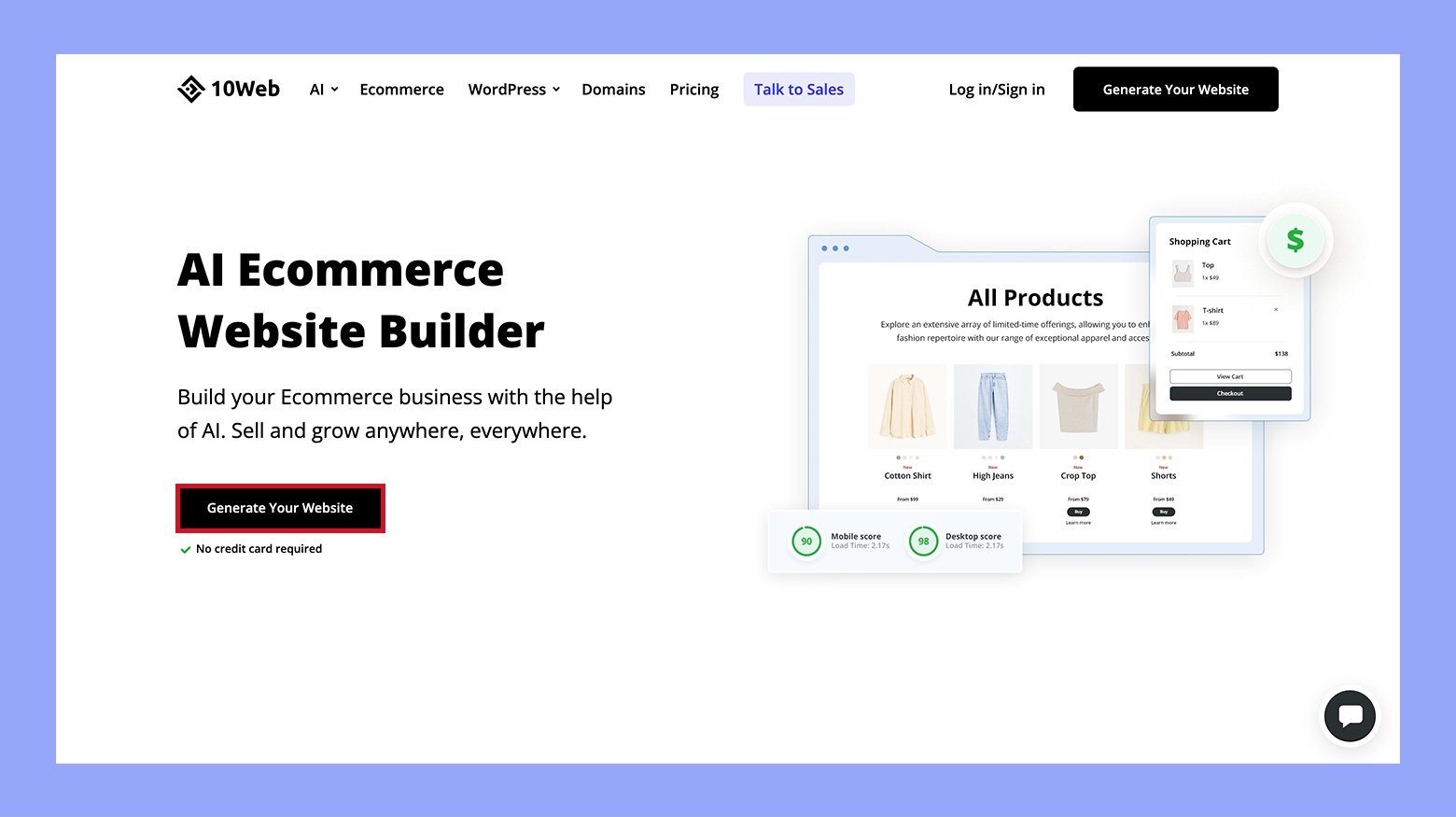
- Select Proceed to create a new website with AI.

- Choose the second option to create a website with an online store.

- Enter your business type.

- Provide a business name and description. Use the Enhance with AI tool if needed.

- Choose Yes to get a domain or click No if you have one already.
- Enter details for your first three services and categories. AI will pre-fill them for you, you can edit or keep the suggestions. When done, click Finalize, and wait for 10Web to generate your site.

- Once your site is generated, preview it and make any necessary adjustments using the user-friendly tools provided by 10Web.
- Add courses, navigate to your products section, click on Add New, and choose Course. Fill in details like title, description, price, and course content.

- Set up payment methods. Integrate payment gateways like PayPal or Stripe for smooth transactions.

- Launch and test: Preview your site, test the functionality, and then launch it.
With 10Web’s intuitive interface, setting up your store can be achieved quickly without needing advanced technical skills.
Tips to promote and grow your online store
Once your store is live, promoting it effectively is crucial:
- Content marketing: Start a blog or share course-related content on social media to attract visitors.
- Email campaigns: Use email newsletters to keep your audience engaged and informed about new courses or updates.
- SEO: Optimize your store for search engines to increase organic traffic.
- Partnerships and affiliates: Collaborate with influencers or create an affiliate program to reach a wider audience.
- Discounts and giveaways: Offer limited-time discounts or free resources to entice potential students.
Consistency in these strategies can help grow your audience steadily and increase your online sales over time.

Looking to sell online?
Create your custom online store in minutes with 10Web AI Ecommerce Website Builder and take your business online.
Option 2: Selling on online marketplaces
Selling online courses on marketplaces can expand your reach and reduce marketing efforts. Key points include potential advantages like a larger audience, as well as challenges such as competition and lower profit margins.
Advantages and disadvantages of selling on online marketplaces
Advantages:
- Large audience: Marketplaces like Udemy and Coursera attract millions of learners.
- Built-in marketing tools: These platforms often handle marketing, making it easier for you.
- Simpler setup: These platforms provide support with course creation, including video editing and course topic structure.
Disadvantages:
- High competition: With many courses available, standing out can be tough.
- Lower profit margins: Marketplaces usually take a percentage of your revenue.
- Less control: Limited control over pricing and marketing strategies.
Best places to sell your products online
Some of the best online course platforms include:
- Udemy: Known for a broad reach and extensive tools for course creation.
- Coursera: Ideal for more formal education and partnerships with institutions.
- Thinkific: Offers more control over your branding and marketing.
- Kajabi: Combines course creation with robust marketing tools.
Each platform has its strengths, so choose one that aligns with your needs and target audience.
Tips to successfully sell on an online marketplace
- Quality content:
- Use a high-quality camera and lighting.
- Employ video editing software to polish your content.
- Clear messaging:
- Write a compelling script.
- Use effective marketing strategies to explain the benefits of your course.
- Engagement:
- Create engaging videos with interactive elements.
- Encourage reviews to boost your course’s credibility.
- Consistent updates:
- Keep your content fresh and updated.
- Respond to feedback and improve your course regularly.
These strategies will help you maximize the advantages while mitigating the disadvantages of selling your courses on online marketplaces.
Option 3: Selling on social media
Using social media platforms to sell online courses offers unique advantages and challenges. It allows you to reach a vast audience but requires consistent effort and strategy.
Benefits of selling on social media
Wide reach and accessibilitySocial media platforms like Facebook, Twitter, and Instagram have billions of users. You can easily access a large target audience without geographical barriers. This makes it possible to promote your course to a global audience, increasing your chances of enrollment.
Cost-effective marketingMany social media marketing tools are free or inexpensive, making them ideal for budget-conscious marketers. For instance, you can create engaging posts, leverage hashtags, and interact with your audience without spending much money. Paid ads are also available for targeted campaigns, allowing you to control your budget.
Real-time engagement and feedbackSocial media allows for immediate interaction with potential and current students. You can answer questions, address concerns, and gather feedback on your course quickly. This fosters a sense of community and can help you improve your course based on student inputs.
Disadvantages of selling only on social media
Algorithm dependencyRelying solely on social media means you are subject to platform algorithms, which can change without notice. These algorithms determine what content gets seen and can limit your reach if not managed effectively. This lack of control can hinder your marketing efforts.
High competition and noiseSocial media is crowded with content. Standing out requires continuous creative effort and can be time-consuming. You’ll need to compete with various distractions and other educators promoting their courses, which can dilute your message.
Time-intensiveMaintaining an active and engaging social media presence requires significant time investment. Creating content, responding to comments, and analyzing performance metrics can take your focus away from other important tasks like course development and personal time.
Tips to sell on social media
- Create engaging content: Post regularly and focus on high-quality, relevant content. Use videos, blogs, and infographics to make your content appealing. Filming a short teaser or tutorial related to your course can attract attention.
- Build a community: Encourage discussions and interaction among your followers. Create a Facebook group or Twitter chat where participants can share experiences and tips. This sense of community can lead to higher engagement and loyalty.
- Leverage email marketing: Collect emails through social media by offering free resources or webinars. Use these emails to nurture leads and guide them toward enrollment. Email campaigns can be personalized and targeted, complementing your social media efforts.
- Use paid ads effectively: Invest in targeted ads on platforms like Facebook and Instagram. Set clear objectives and budgets for your campaigns. Monitor performance and adjust your strategy based on data to improve ROI.
- Collaborate with influencers: Partner with social media influencers to expand your reach. Influencers can give shoutouts or review your course, providing credibility and visibility. Choose influencers whose audience aligns with your target market for the best results.
Conclusion
Selling online courses presents a significant opportunity to share your knowledge and expertise while generating substantial income. By understanding the specific challenges and opportunities for individual instructors, educational institutions, and businesses, you can tailor your approach to maximize success. Focus on creating high-quality content, choosing the right platform, and employing effective marketing strategies to reach your target audience. With dedication and the right tools, you can build a thriving online course business that not only boosts your income but also establishes you as a leader in your field. Start today and take advantage of the growing demand for online education.


